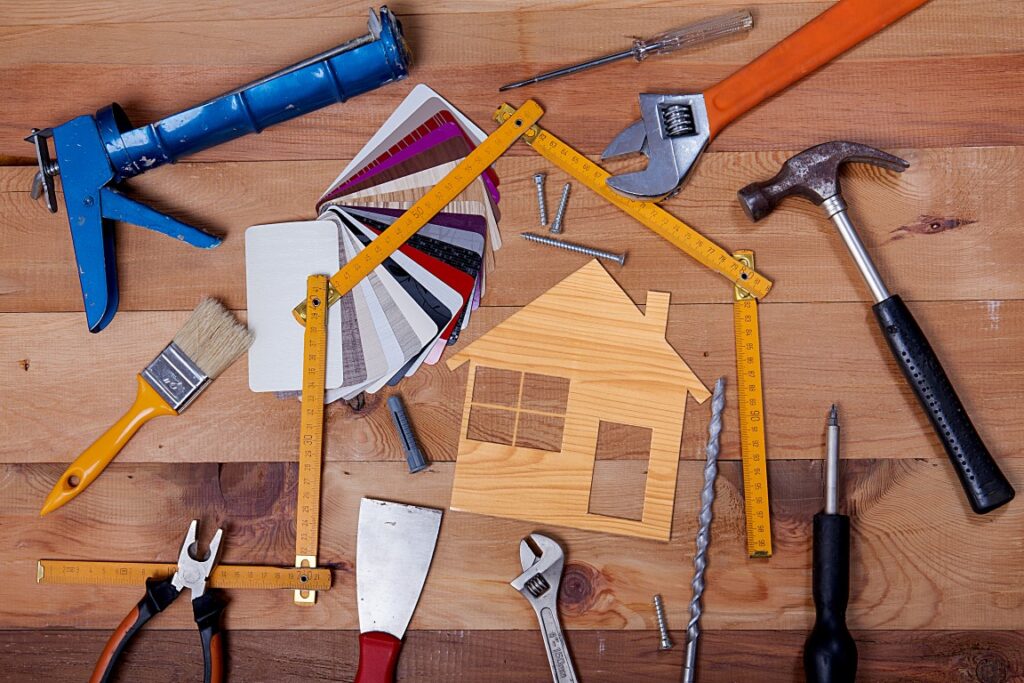
Lockdown has left plenty of us as proud newly qualified DIY experts, with home improvement projects becoming something of an obsession for many.
Lockdown has left plenty of us as proud newly qualified DIY experts, with home improvement projects becoming something of an obsession for many.
With little else to do, it’s not particularly surprising that people turned to home improvements to pass the time and there were reports of DIY websites running out of stock quicker than they could re-fill their warehouses as well as premiums placed on wood, timber, paint and garden equipment.
B&Q reported a surge in sales of 21% in just three months between April and July this year, thanks to the popularity of renovations and improvements whilst most were either working from home or furloughed.
Even more impressive is that, as a group, they made click-and-collect and home delivery options available and saw online sales surge more than 200% in both May and June.
It would seem, however, that there can be too much of a good thing, and especially too much of a terrible DIY job. Not only that, some have a tendency to think that an improvement or renovation, any improvement, will add value to a property, but that’s not the case, with some potentially dropping your property value.
There should be a word of caution for anybody planning to do works on their property without doing their research as some things can look incredibly dated or just plain awful. With that in mind we’re looking at the best and worst.
Garden work
Whilst a spacious and well kept garden will always make your home more attractive to potential buyers, there are certain features that will possibly put them off completely.
According to experts writing in the Daily Express, Japanese Knotweed can be one of the worst things to have growing in your garden, and whilst most won’t have it growing there by choice, you should always keep your eyes peeled for it because failing to remove it could mean a bill of between £5,000 to £10,000 to have a bad growth completely resolved.
On the opposite end of the scale, water features can be popular but are often off-putting for potential buyers as they’re seen as high maintenance and a pain to have removed if they’re not to their personal tastes.
Another recent trend that many have taken to but which will drop the value of your property is artificial grass. Most new buyers polled would rather have real grass as artificial grass can seem cheap and unsightly.
Cellar Conversions
One of the best ways to add value to your home, on the other hand, is to convert your cellar, according to Property Price Advice.
It’s not easy, and probably not the easiest for an amateur, but it pays off the most in comparison to other projects and can add an estimated 30% to your value.
In comparison to, say, a conservatory, these conversions tend not to date or look cheap or tacky in the long run and aren’t high maintenance once completed.
If you can convert a cellar into a living space, preferably if possible, with access to the outside such as a garden via steps, it can also be one of the easiest projects to achieve with most not requiring planning permission.
As we all look towards the potential for more home working for the rest of the year, it may now be the time to make the most of the rest of the summer, but proceed with caution.




